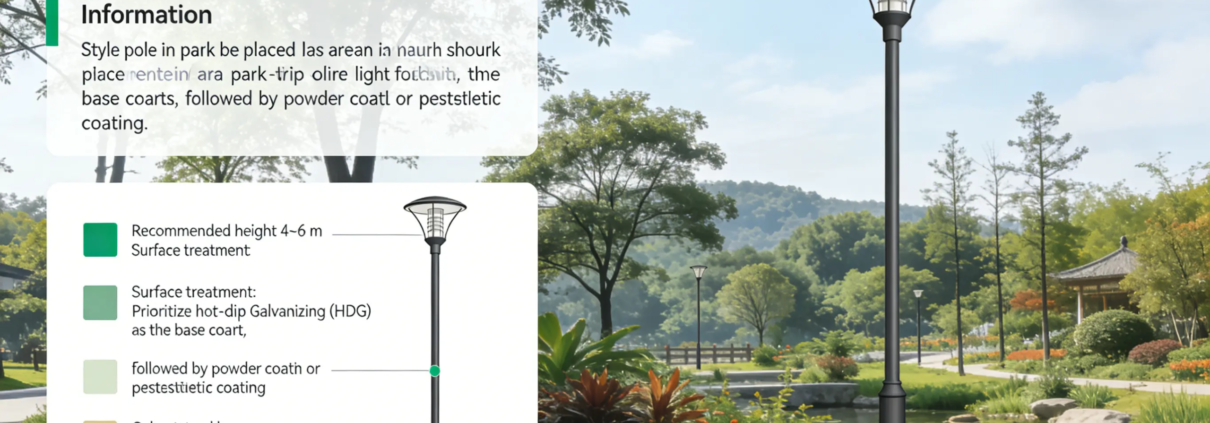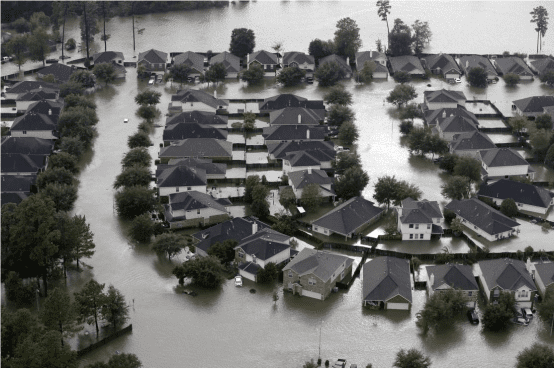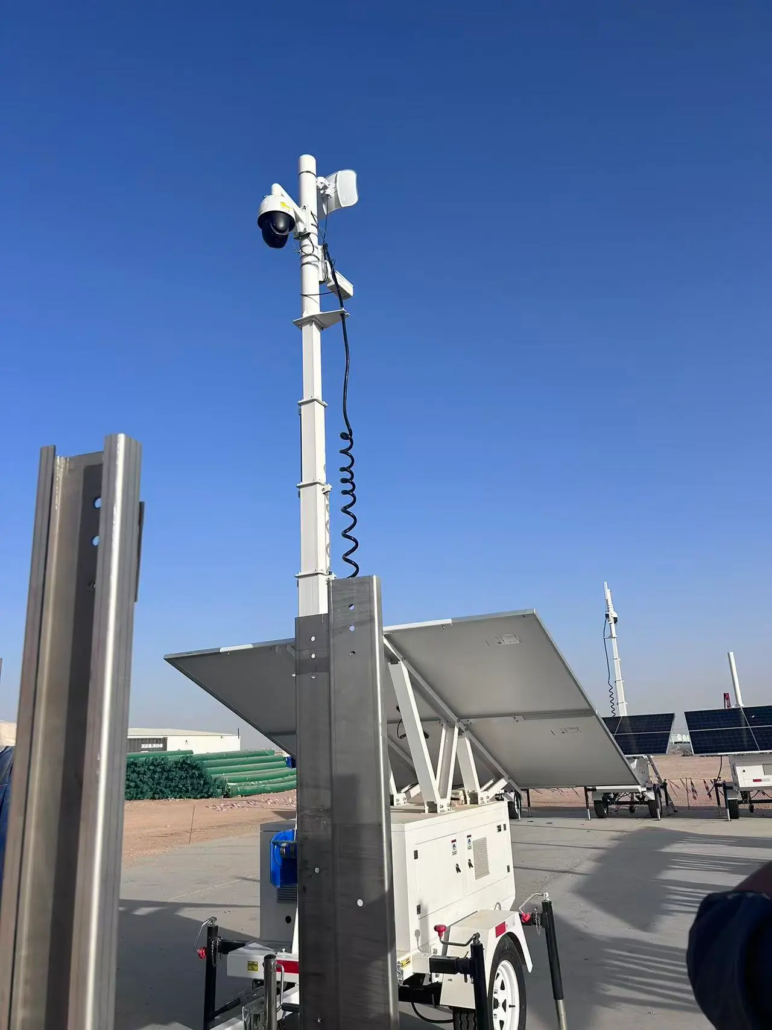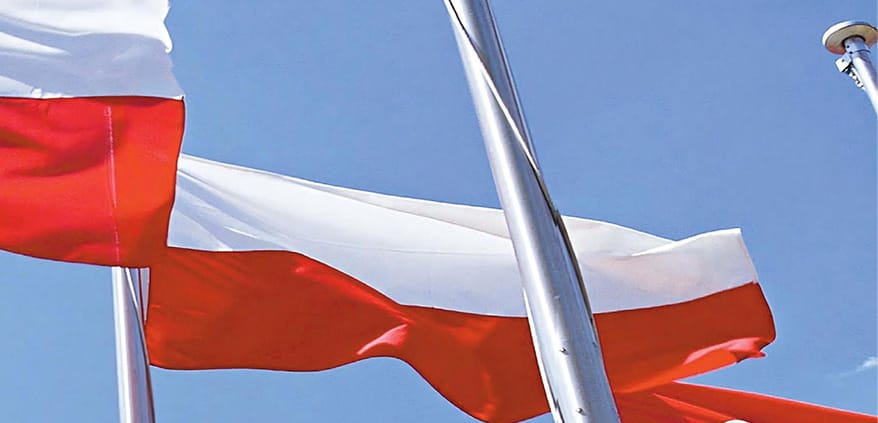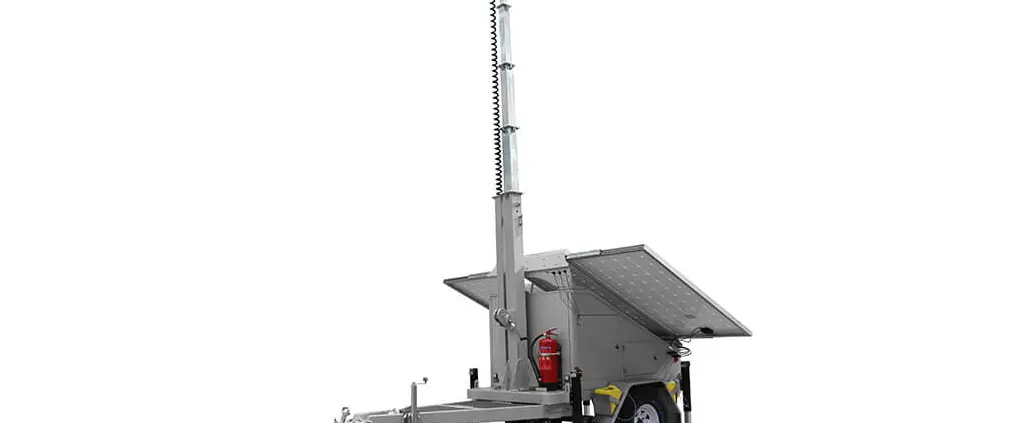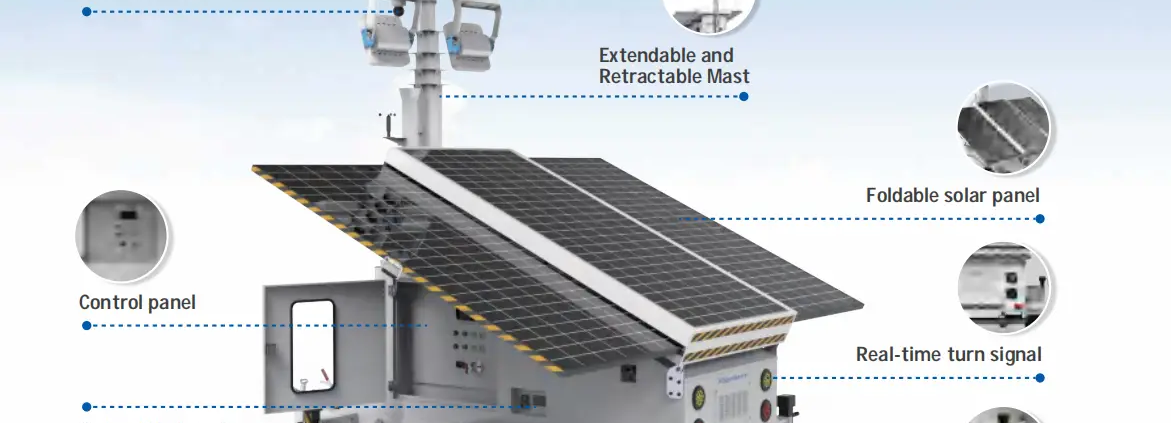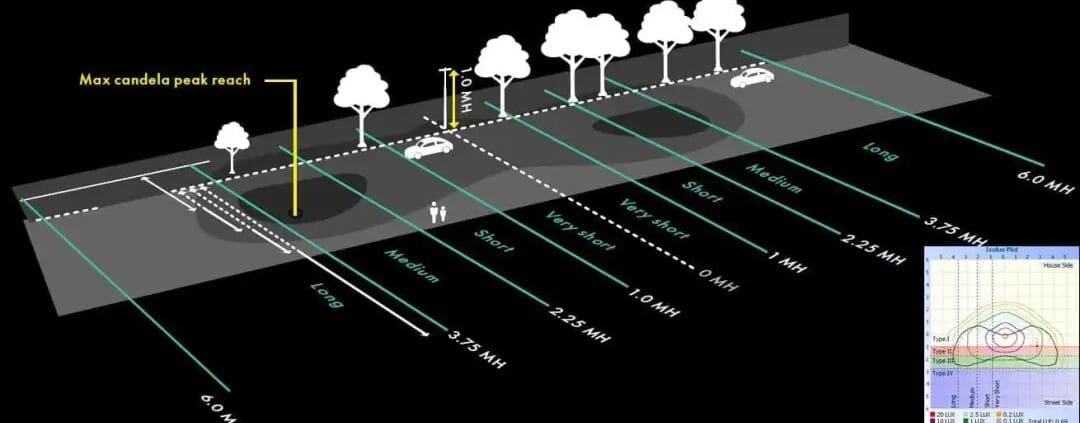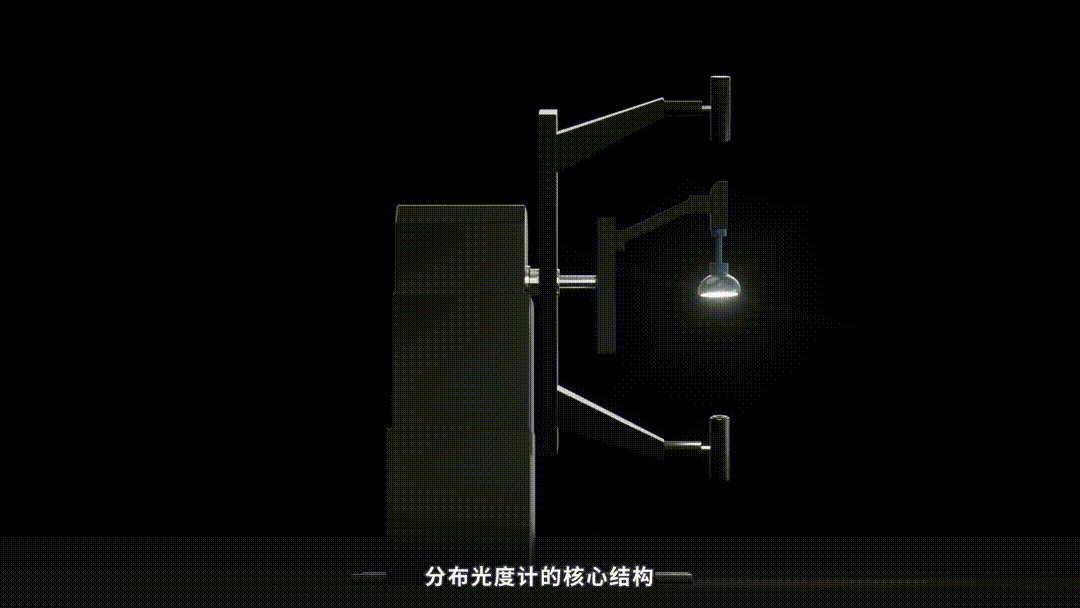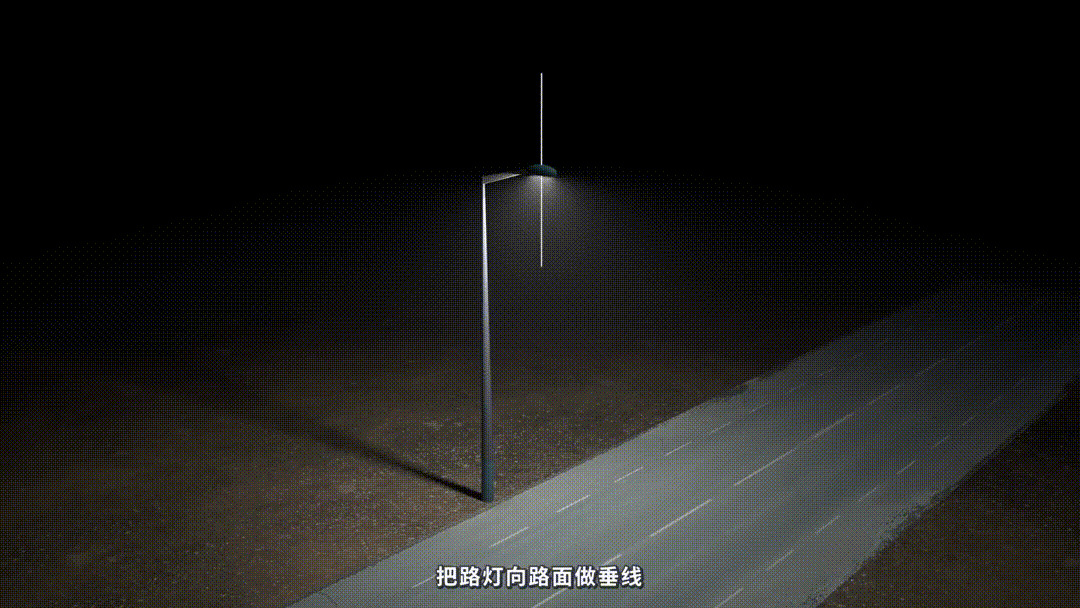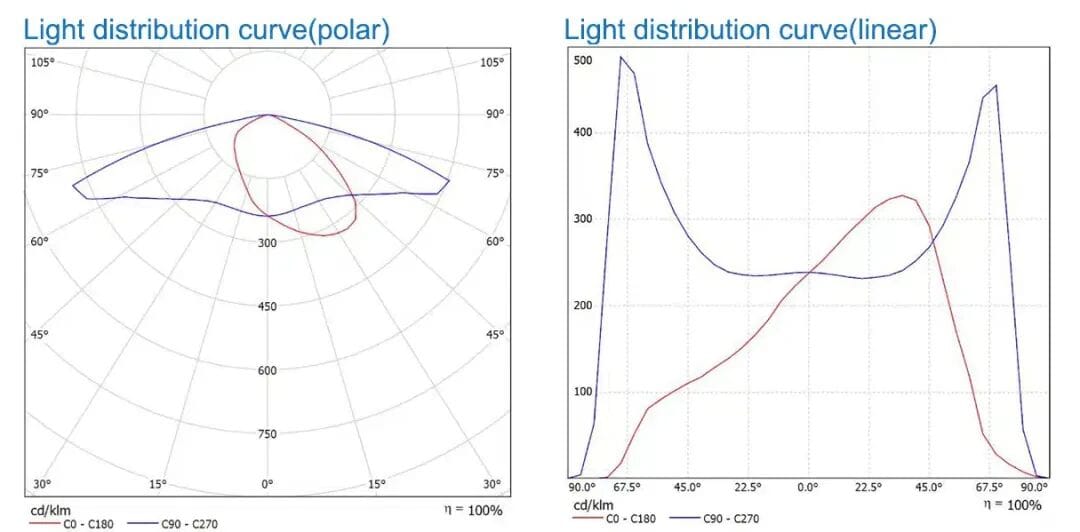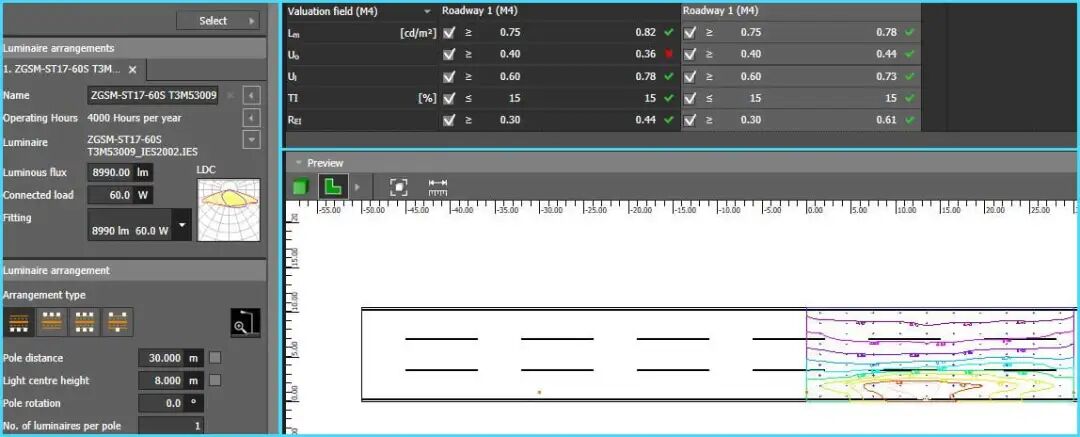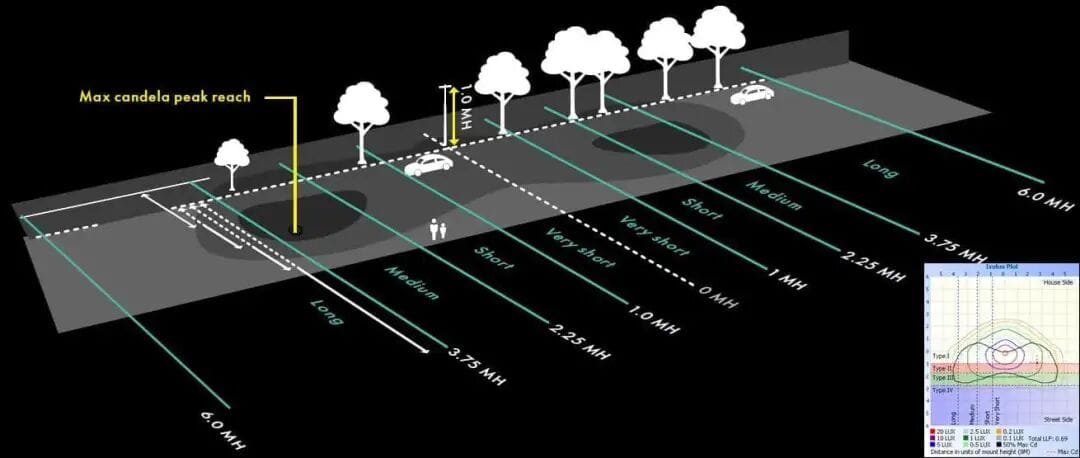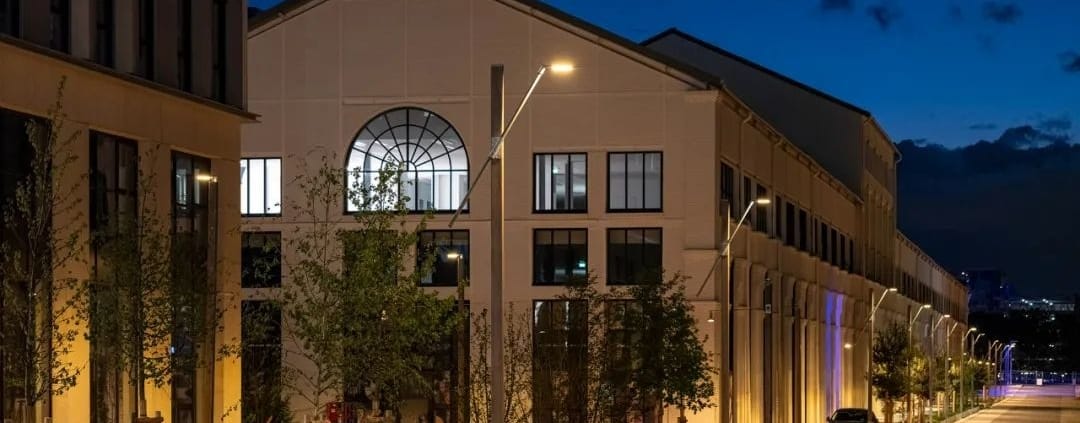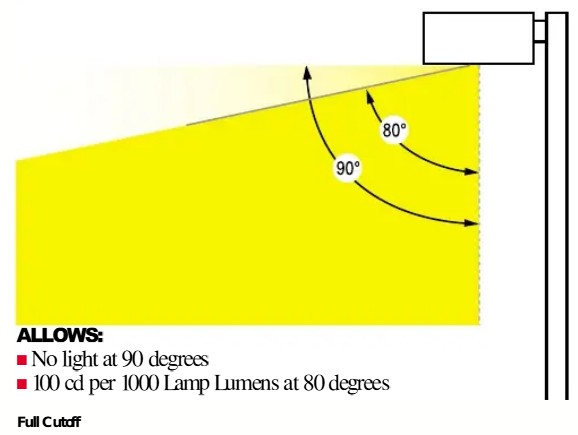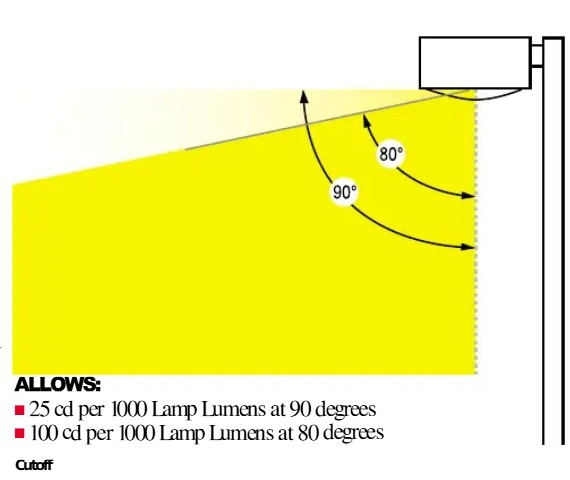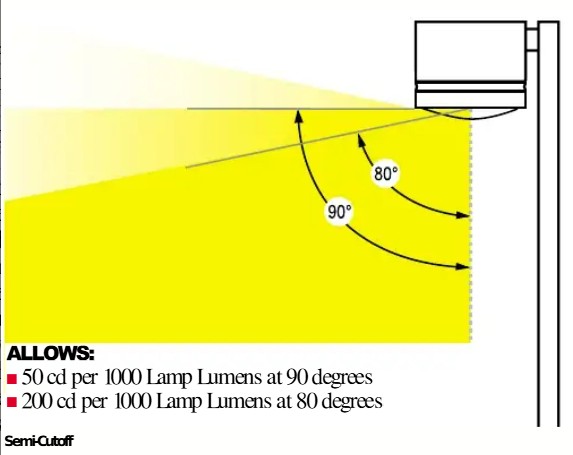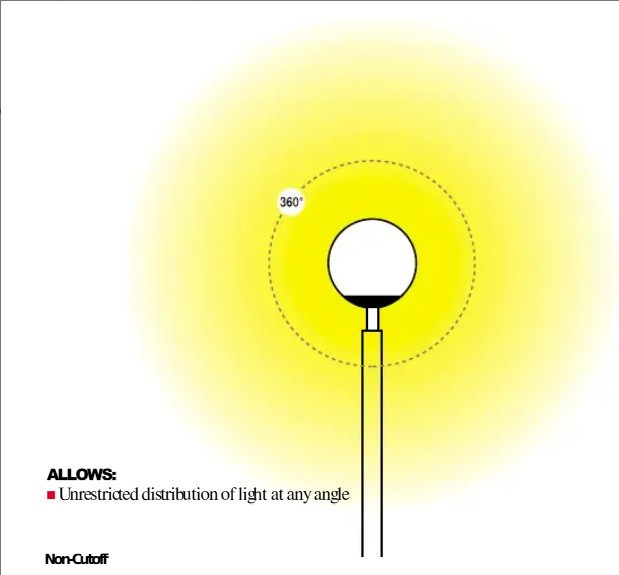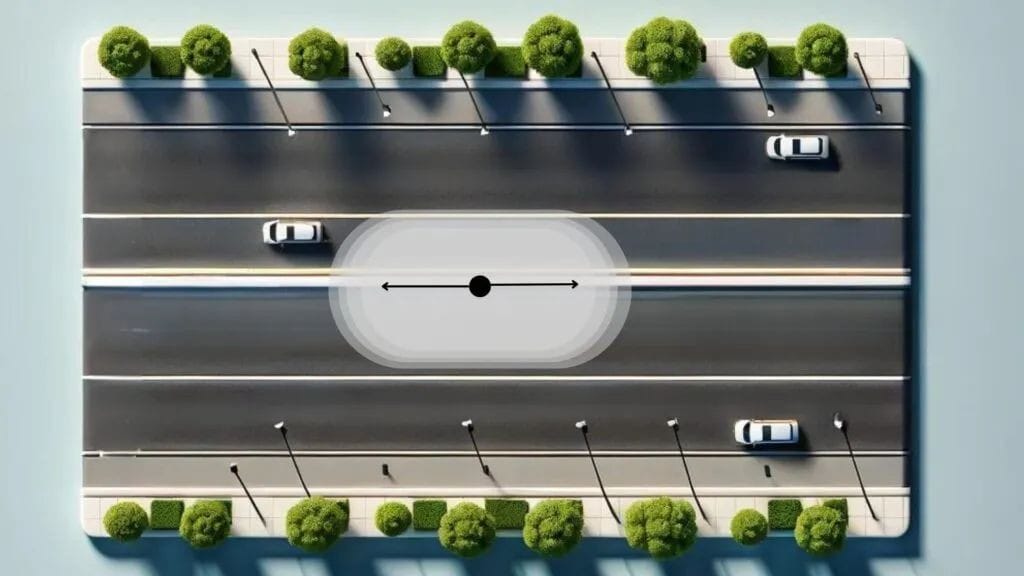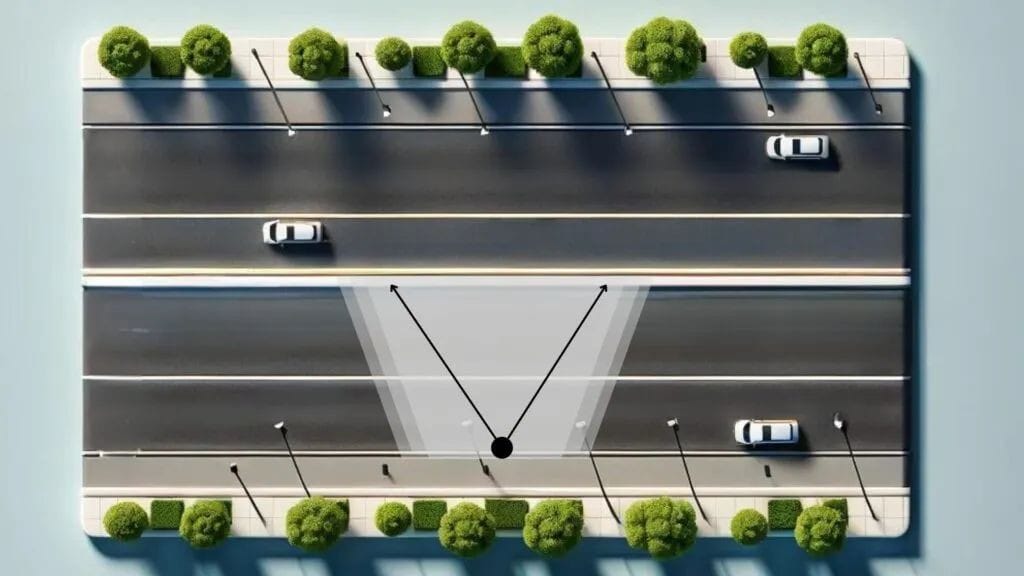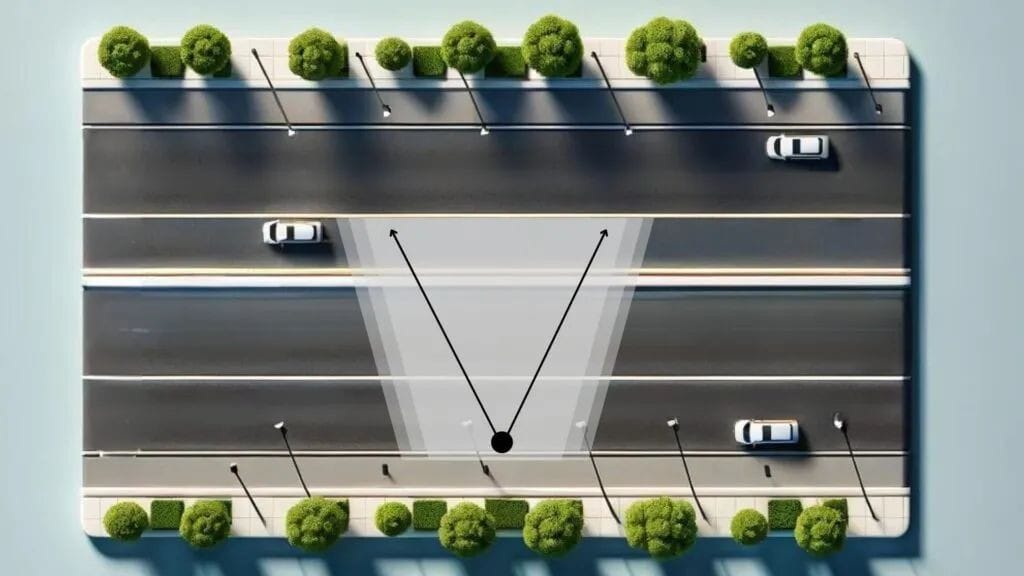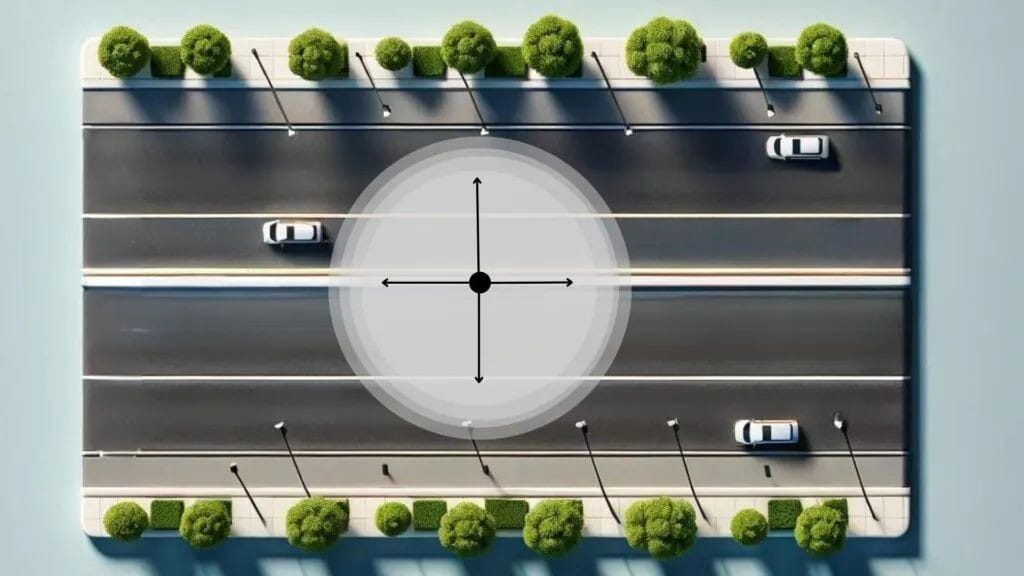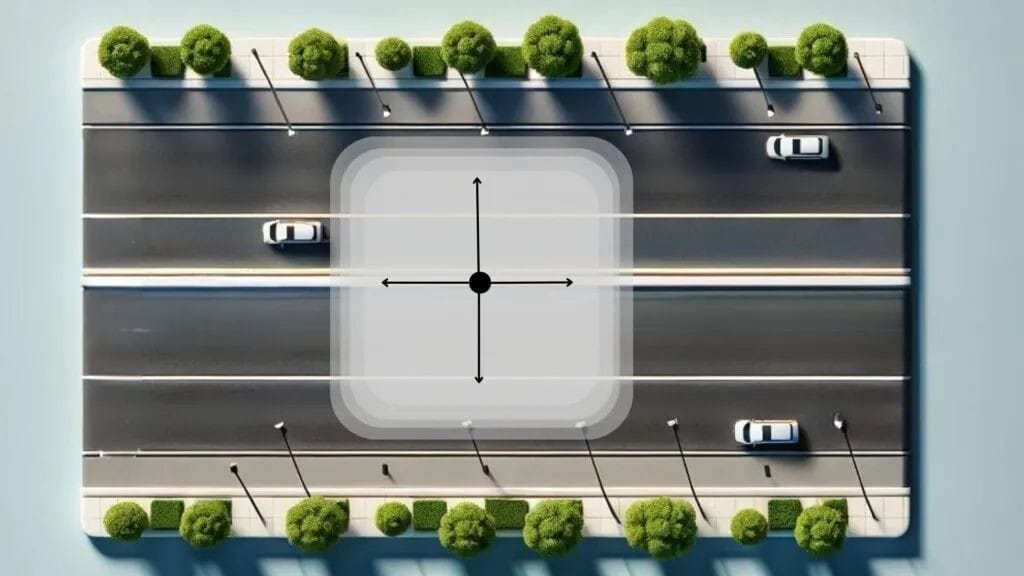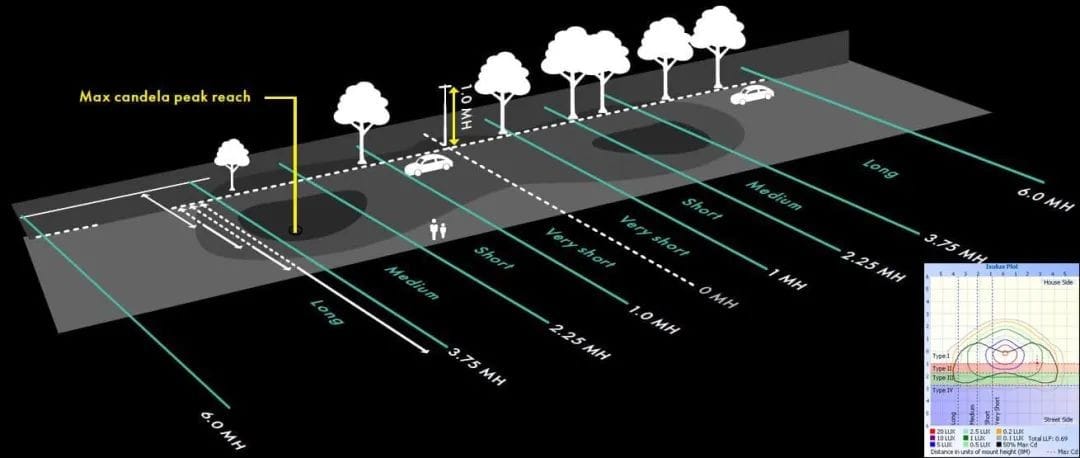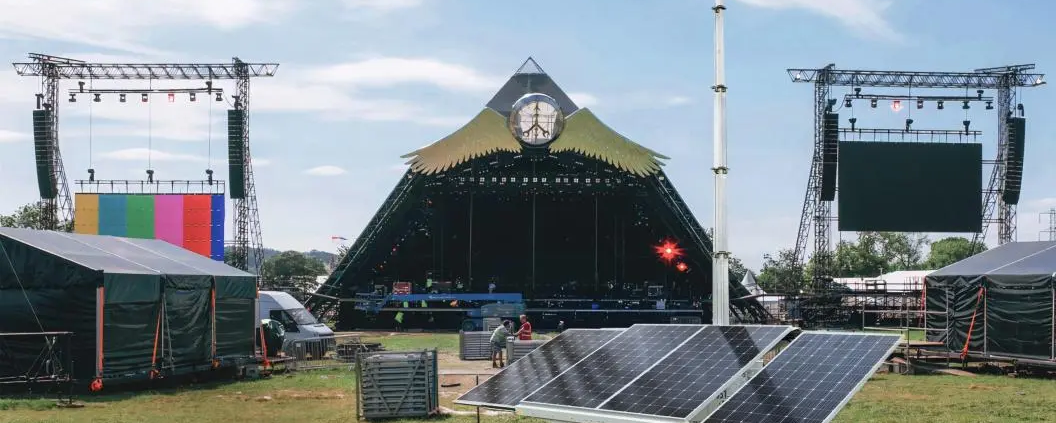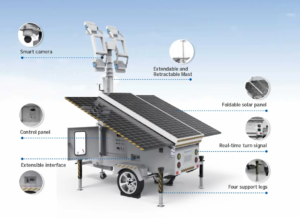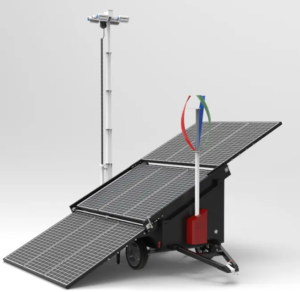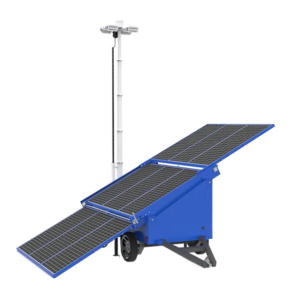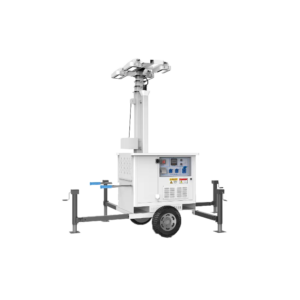Comprehensive Guide to Aluminum Pole: 6ft, 8ft, 10ft, 20ft, and 30ft Telescoping and Fixed Aluminum Flag Poles
When selecting an aluminum flagpole, understanding the unique requirements of different heights and applications is crucial. From residential 6-foot decorative flagpoles to commercial 30-foot telescoping poles, each option provides unique functions tailored for specific environments. Luxman Company offers an impressive selection of high-quality aluminum flagpoles designed for durability and style, ensuring you find the perfect fit for any application. Choose Luxman for reliable performance and exceptional craftsmanship.
Residential Flagpoles: 6-10 Foot Solutions
6ft Aluminum Flagpole
The 6-foot aluminum flagpole is primarily used for decorative purposes in residential environments. Its standard diameter is 2.5 inches, with a wall thickness of 0.065 inches. These lightweight poles (approximately 7 lbs) can be easily installed using a 1/2 inch square head bolt on decks, patios, or garden walls. They are perfect for displaying small decorative flags (2×3 feet) and often come with a rotating top decoration to prevent flags from tangling in light breezes.
Installation Tip: For renters or temporary use, opt for a 6-foot flagpole with a weighted base (typically 20-30 lbs) rather than permanent ground installation. This portable solution fulfills most HOA regulations and allows for seasonal disassembly.
8 Foot Aluminum Flagpole
Upgrading to an 8-foot pole increases the diameter (3 inches) and functionality. Many models come equipped with an internal raising system, featuring hidden ropes and pulleys to prevent rope wear and enhance aesthetics. The added height supports larger flags (3×5 feet) and is commonly used for displaying national or sports team flags in front yards.
In coastal areas like Florida or Carolina, choose an 8-foot flagpole with marine-grade powder coating (meeting AAMA 2604 standards), ensuring a salt spray resistance of over 4,000 hours—twice the protection of standard anodizing.
10 Foot Aluminum Flagpole
The 10-foot flagpole is the practical maximum size for most residential applications without special installation. With a base diameter of 3.5 inches and reinforced wall thickness (0.083 inches), these poles can withstand sustained wind speeds of up to 65 mph when properly secured. Typical installation requires a 18-inch diameter, 24-inch deep concrete footing to provide sufficient stability for year-round use.
Professional Setup: Pair the 10-foot flagpole with a solar LED light (400-600 lumens) to illuminate the flag at night—this is a popular feature in communities with strict outdoor lighting regulations.
Commercial Flagpoles: 20 Foot Solutions
20 Foot Telescoping Flag Pole
The 20-foot telescoping flagpole addresses the installation challenges of fixed-height commercial flagpoles. Comprising 5 interlocking segments, it retracts to just 5 feet for easy transport and installation. An internal twist-lock mechanism allows for safe height adjustment in 1-foot increments, supporting flags up to 5×8 feet.
Military-grade models (meeting MIL-STD-810G standards) include additional support and thicker walls (0.188 inches), extending service life in harsh environments. These heavy-duty versions (25-30 lbs) are typically used for events, parades, and construction sites where permanent installation is not possible.
20 Foot Fixed Aluminum Flag pole
Permanent installation of a 20-foot flagpole requires professional setup but offers superior stability for commercial properties. The base diameter is 4 inches, weighing approximately 45 lbs, necessitating a 36-inch diameter reinforced concrete footing. Most commercial models include a ground sleeve for easy pole removal during maintenance while preserving the footing’s integrity.
For businesses requiring multiple flagpoles, spacing is essential—flagpole distance should be at least flagpole height × 1.5 to prevent flags from tangling and ensure good visibility.
Industrial/Municipal Flagpoles: 30 Feet and Above
30 Foot Telescoping Flagpole
The 30-foot telescoping flagpole represents the pinnacle of portable flagpole engineering. Made from 7075-T6 aluminum (aircraft-grade material), these poles feature 6 telescoping segments with wall thickness varying from 0.25 inches (bottom) to 0.125 inches (top). Fully extended, it can support large flags (6×10 feet) while retaining portability (retracted length: 6.5 feet, weight: 45 lbs).
Main Features:
- Patented cam lock system with dual locking pins for wind stability
- Reinforced base section with a 12-inch ground sleeve
- Maximum wind rating: 75 mph (when properly secured)
- Includes 360-degree rotating shaft and golden anodized ball top
Commercial 20-Foot Aluminum Flagpole Applications
The permanently installed 20-foot aluminum flagpole remains a common choice for businesses and institutions. These poles typically include an internal winch system, equipped with a counterweight for easy flag raising and maintenance access. Many municipal authorities require these poles to comply with ADA accessibility standards, incorporating smooth surfaces and slip-resistant bases in public areas.
Regulatory Note: In hurricane-prone areas (Florida, Gulf Coast), flagpoles 20 feet and higher must meet Miami-Dade County product approval standards to ensure adequate engineering-based foundations can withstand wind speeds of 150+ mph.
Technical Specifications Comparison
| Feature | 6-Foot Residential | 10-Foot Residential | 20-Foot Commercial | 30-Foot Telescoping |
|---|---|---|---|---|
| Base Diameter | 2.5 inches | 3.5 inches | 4 inches | 4.5 inches |
| 壁厚 | 0.065 inches | 0.083 inches | 0.125 inches | 0.25 inches |
| Weight | 7 lbs | 15 lbs | 45 lbs | 45 lbs (retracted) |
| Max Flag Size | 2×3 feet | 3×5 feet | 5×8 feet | 6×10 feet |
| 風力格付け | 50 mph | 65 mph | 90 mph | 75 mph |
| Foundation Requirements | None (weighted) | 24-inch concrete | 36-inch concrete | 30-inch ground sleeve |
Installation Best Practices
For permanent installations, proper foundation preparation prevents pole tilting and extends lifespan. A common rule is to dig a hole with a depth of 10% of the flagpole height and a width of three times the base diameter. For example, a 20-foot pole with a 4-inch diameter base requires a pit that is 24 inches deep and 12 inches wide.
Always use minimum 3000 psi strength concrete, and insert the ground sleeve before the concrete sets. The ground sleeve should extend 2-3 inches above ground to prevent water accumulation. For telescoping models, use a level to ensure the ground sleeve is perfectly vertical—even a 1-degree tilt may cause snagging during extension.
Weather Considerations: In freeze-thaw cycle areas, install a gravel base (6-8 inches) below the concrete to prevent frost heave. This drainage layer protects the foundation from cracking due to temperature fluctuations.
Maintenance and Lifespan
Aluminum flagpoles require minimal maintenance, but proper daily care can extend their lifespan. Check every six months:
- Raising Ropes: Replace worn ropes immediately to prevent losing the flag
- Top Decorations and Hardware: Tighten loose parts and apply anti-seize on threaded sections
- Base Plate: Clear debris and check for corrosion, especially in coastal areas
Annually clean the flagpole with a mild detergent and soft cloth to maintain the anodized surface. Avoid abrasive cleaners or pressure washing, which may damage the protective anodized layer. In industrial environments with high pollution or salt exposure, applying a clear automotive wax twice a year enhances protection against environmental contaminants.
Selecting the right aluminum flagpole requires balancing height, material, and installation requirements with intended use. Whether you need a temporary 6-foot decorative flagpole or a permanent 30-foot municipal flagpole, the versatility and durability of aluminum make it an excellent choice for flag display in the imperial market. By matching flagpole specifications with your environmental conditions and flag sizes, you will ensure reliable performance and proper flag display for years to come.












